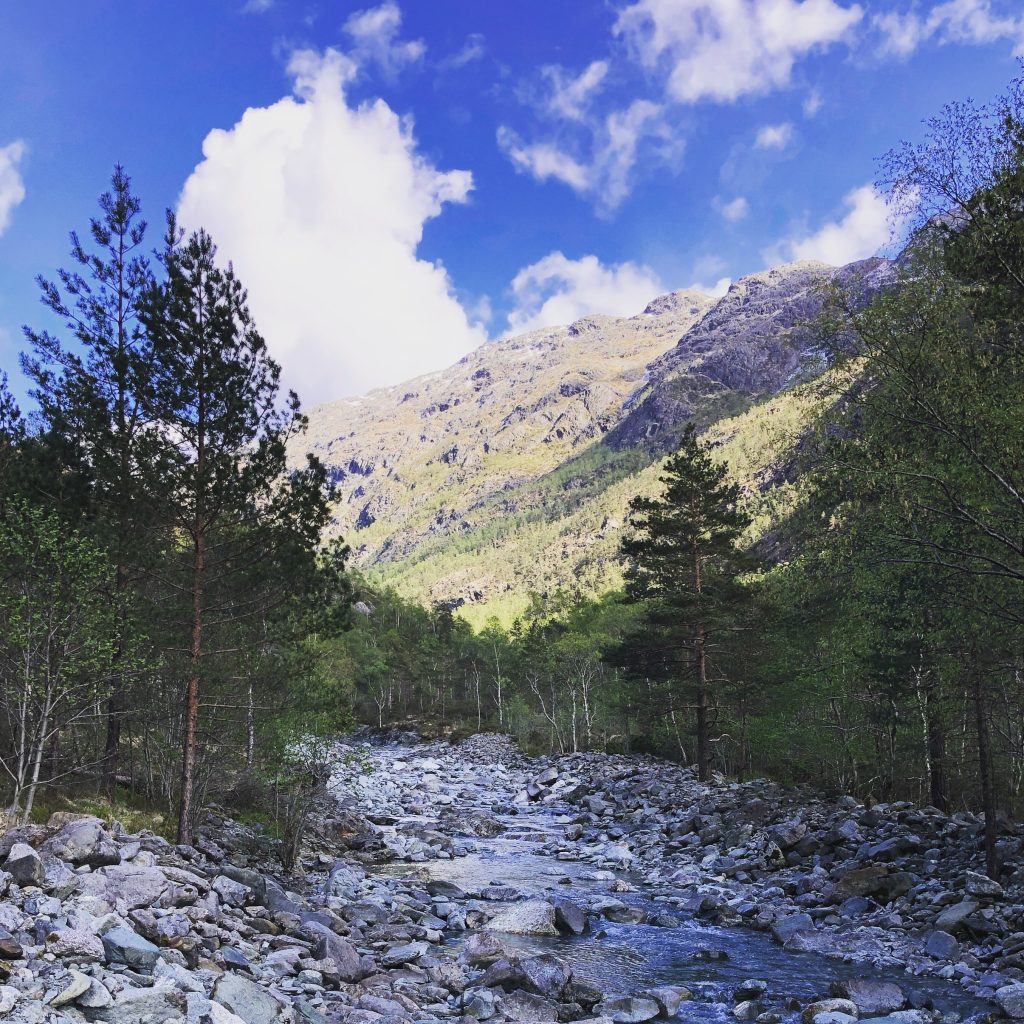Research into the chemical defence of plants to UV-B radiation
Are you interested in plant-environment interactions? Chemical defence mechanisms in plants? Fieldwork in mountain environments or in greenhouse settings? Or perhaps you are excited about developing new tools to understand the drivers of extinctions and evolutionary change in the past?
The QUEST-UV project at the Department of Biological Sciences has research opportunities for BIO299 and Masters Projects.
Project overview:
Large variations in ozone and surface UV-B radiation are also thought to have occurred in the past, with potentially major implications for climate, human societies and ecosystems. Although UV-B radiation is an important variable for understand process influencing life on Earth, at present it remains challenging to reconstruct changes in UV-B radiation at the Earth’s surface beyond the instrumental measurements since the 20th century.
QUEST-UV will attempt to solve this challenge through the chemical analysis of fossil-pollen grains. Since the 2000s researchers have suggested that chemical sunscreens produced by plants, and which are also found in the walls of pollen grains and subsequently buried in lakes and bogs over thousands of years, may be used to reconstruct UV-B radiation received at the Earth’s surface. However, although the evidence base for a chemical response of UV-B absorbing compounds spans a variety of species under a range of experimental settings, a quantitative understanding of the dose-response relationship of UV-B absorbing compounds in pollen to UV-B radiation does not currently exist. This makes it difficult to generate precise reconstructions that can be be used in Earth system models and studies of the effects of UV-B radiation on the biosphere in the past.
In this project, funded by the Research Council of Norway, will use greenhouse and field experiments to quantitatively determine the response of Pinus sylvestris pollen to different wavelengths of light. We will also experiment with different extraction techniques to isolate UV-B absorbing compounds in modern pollen grains and then use this understanding to provide the first quantitative reconstruction of UV-B radiation based on sediments representing up to the last 10,000 years.
Potential BIO299/ Masters projects include:
- Investigating the chemical response of plants to UV-B radiation stress in alpine environments/ greenhouse settings.
- Reconstructing chemical variations and UV-B radiation from ancient sediment cores using fossil pollen.
- Developing new laboratory procedures to quantify UV absorbing chemicals in plants.
As a member of the QUEST-UV project you would:
- Join a dynamic and growing research group based at UiB
- Have the opportunity to do field work in alpine environments
- Learn innovative laboratory techniques at the forefront of palaeocology
- Get experience in reproducible research, R coding and statistical analysis
- Get help with report writing and presentation experience.
For more information contact alistair.seddon@uib.no

